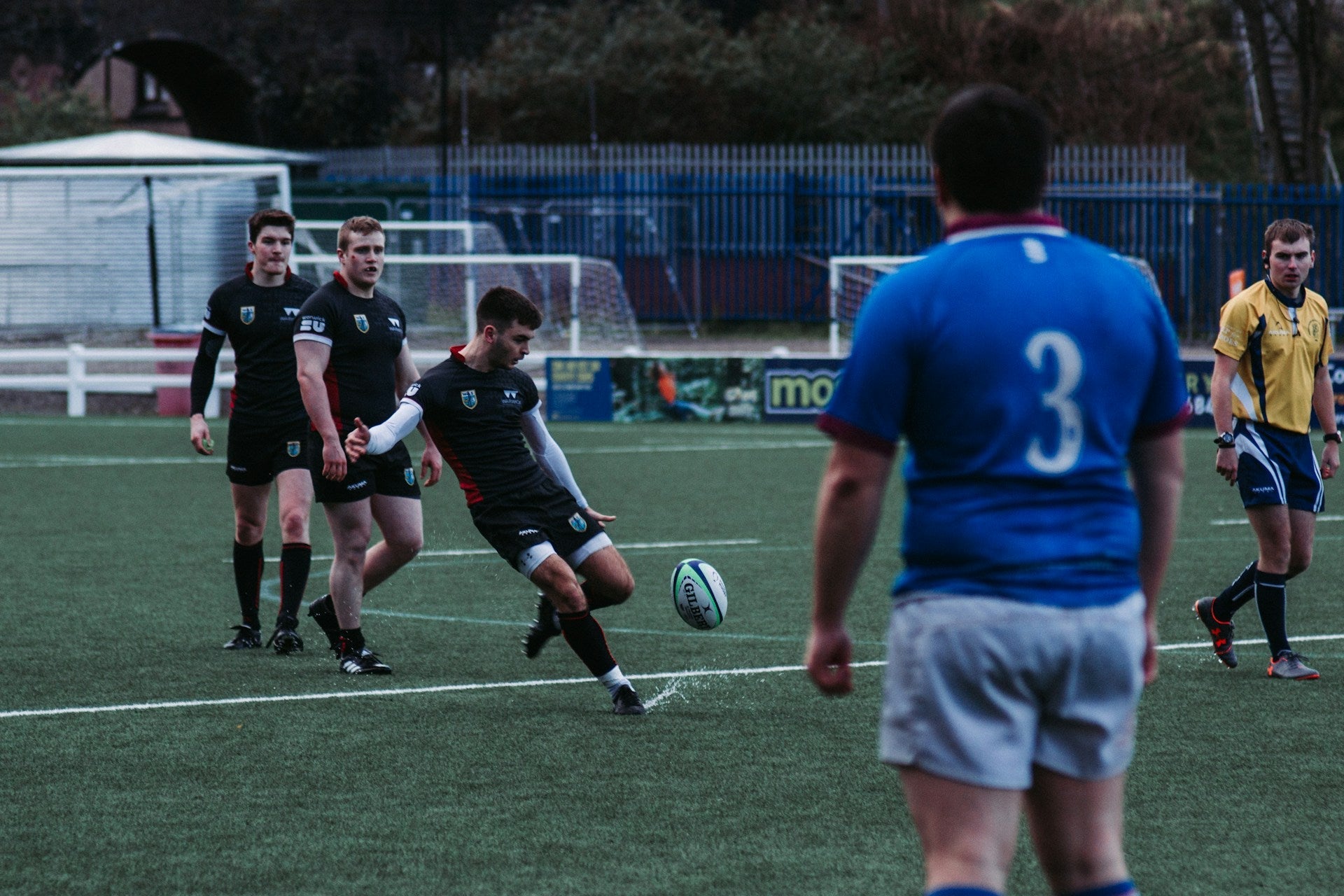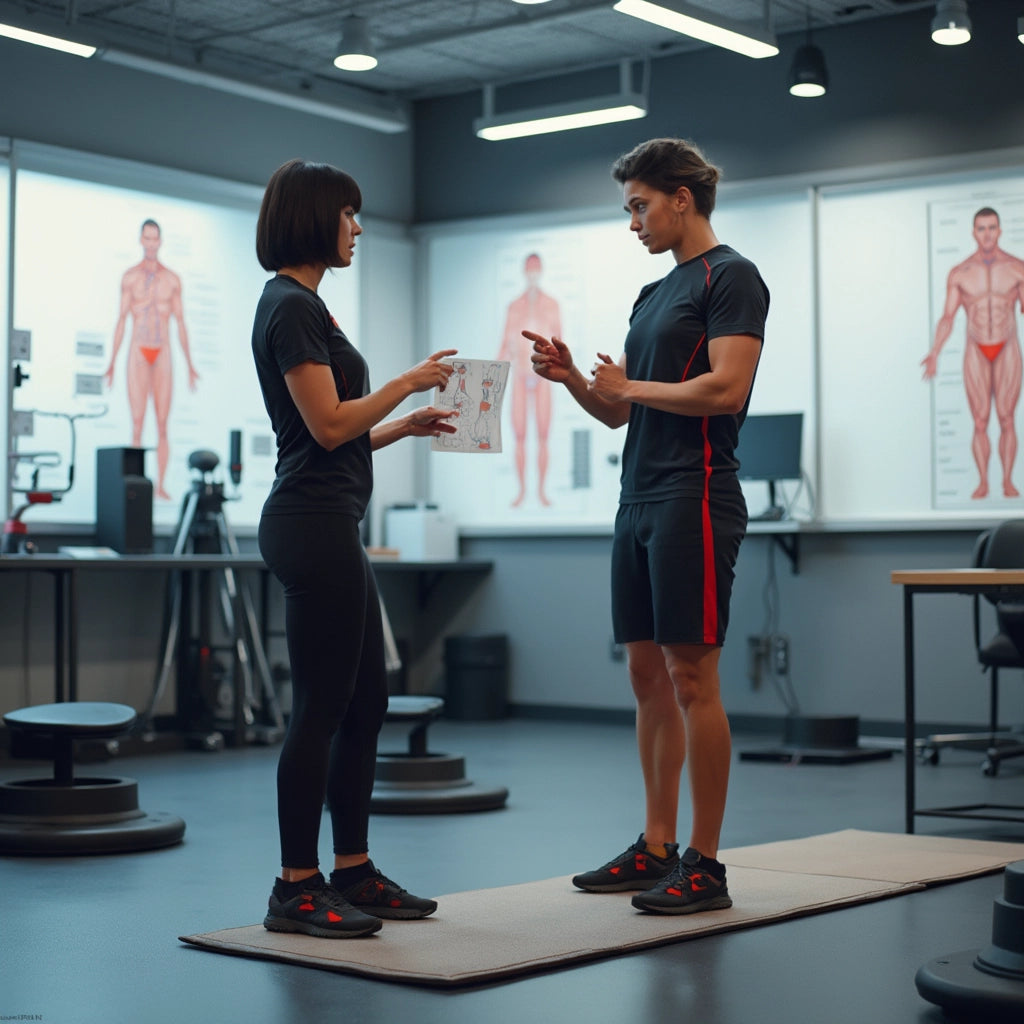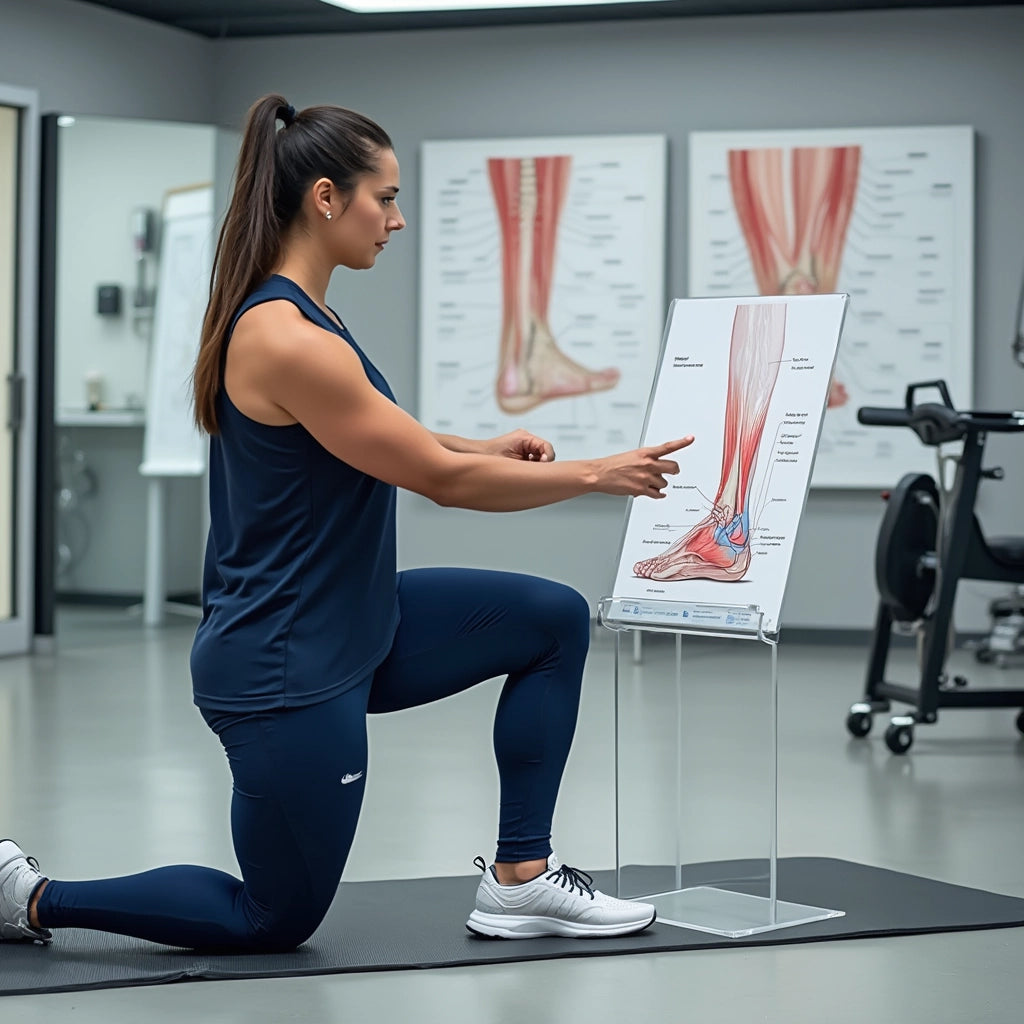The Hidden Power of Foot Stability in Athletic Performance
The world of high-performance sports is constantly evolving as athletes and trainers seek innovative ways to gain an edge. In recent developments, a focus on foot stability and grip strength has emerged as a key area for performance enhancement. Though once overlooked, the connection between an athlete's foot and their playing surface is now recognized as crucial for optimizing performance, reducing injury risk, and improving agility.
Understanding the Foundation: Foot Stability and Proprioception
The human foot is a highly complex structure, containing over 7,000 nerve endings that play a critical role in proprioception — the body’s ability to perceive its position in space. By engaging in grip training, athletes are not only fortifying their feet; they are also developing a sophisticated neuromuscular system that boosts balance, reaction time, and movement efficiency.
This enhanced proprioception becomes the cornerstone of superior athletic movement, setting the stage for improved performance across various sports disciplines.
Key Benefits of Enhanced Foot Stability
Research and sports science have identified three major areas where improved foot stability brings measurable benefits to athletic performance:
- Power Transfer: Enhanced foot stability provides a solid base for force production, allowing athletes to generate more power in movements like jumping, sprinting, and direction changes.
- Injury Prevention: Strong intrinsic foot muscles offer proper arch support and ankle stability, significantly reducing the risk of common sports injuries.
- Movement Control: Better grip and foot awareness lead to more precise and agile movements, which are crucial for sports that require rapid directional changes.
Incorporating Foot Stability Exercises into Training Regimes
Recognizing the importance of foot stability, athletes are now incorporating specific exercises into their training routines:
- Barefoot Training: Engaging in workouts without shoes helps strengthen foot muscles naturally.
- Towel Scrunches: This exercise targets the muscles in the toes and arch to improve foot grip strength.
- Single-Leg Balance Drills: These drills enhance balance and proprioception, crucial for maintaining stability during athletic activity.
However, experts suggest that the most significant gains come when athletes continuously engage their foot muscles during regular training, ensuring comprehensive development.
Athletic Excellence Roots in Strong Foundations
For athletes focused on performance optimization, understanding and developing foot stability is about building a stronger foundation for every movement in their sport. As science advances, the critical role of foot stability in achieving athletic excellence becomes increasingly apparent, marking it as an essential focus for athletes at all levels.
Training the grip and stability of the feet is no longer just about rehabilitation; it is a fundamental aspect of athletic performance that demands attention in any comprehensive training program.
Conclusion: Step Up Your Game with Foot Stability
The recognition of foot stability and grip strength as pivotal elements in athletic performance opens new avenues for athletes striving for excellence. By incorporating targeted exercises and maintaining consistent engagement of foot muscles, athletes can achieve improved power transfer, better movement control, and reduced injury risk.
For those serious about their sports performance, exploring these facets of training could provide that extra competitive edge. Join the conversation and share your experiences, or learn more about custom solutions for personalized socks that can enhance your footing on Nextwave Socks.









